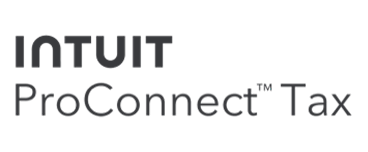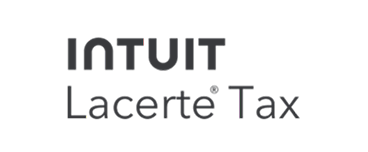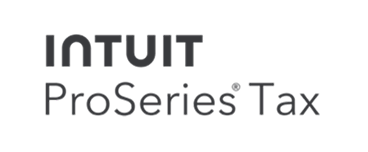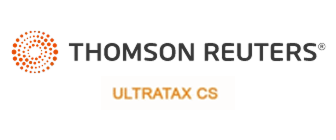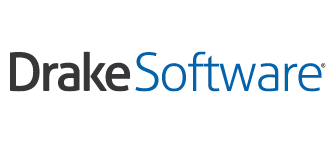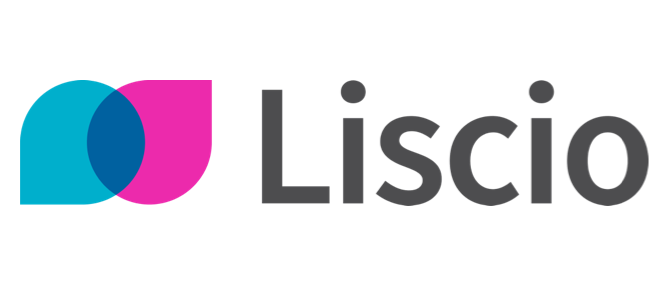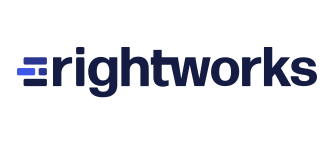
Whose Tail is Wagging Your Dog? Five Strategies You Can Adopt Now to Make Your Business More Efficient.
Def. tail wagging the dog: a situation where a small part is controlling the whole of something.
Recently, experts from GrowthForce, a provider of cloud-based bookkeeping, management accounting and controller services and SmartVault, an online document management and client portal platform designed for accounting professionals, teamed up to discuss tips for speeding up and simplifying your workflow. Here are five strategies you can implement now that will help your business be more efficient and increase overall client satisfaction.
An efficient core workflow saves time, money, and frustration—and it’s the key to having the type of scalable operations structure that supports firm growth. It’s fairly common, especially in Client Accounting Services, for accountants to accept processes dictated by their clients. You end up with multiple systems and a jumble of disparate processes which are the cornerstones for wasted time and inefficiencies. The more you can standardize your technology systems and your workflow processes, the more time you can spend on higher value activities—whether that is more time growing your business, more time with family or, hello, vacation! So how can you make sure your dog wags its own tail? Here are five strategies Stephen King, CEO and Marsha Gibb, Onboarding Manager at GrowthForce, use and recommend to other accounting firms interested in streamlining business operations.
Action Item #1: Select your suite of technology solutions for end-to-end workflow. Before you can put standardized processes in place, identify the tools you need to manage your front- end operations. This list is likely to include solutions for document management, payables and general ledger management. Two key considerations in your decision making: 1) how tightly these tools integrate and 2) how much education your staff or your clients will need to use them. Learn more about the technology stack at GrowthForce in our post “Building the Ideal Tech Stack for Better Bookkeeping Workflow.”
Action Item #2: Make consistency and collaboration primary goals. Make it part of your overall business strategy to establish internal and external workflow consistency. For example, GrowthForce has made QuickBooks® a key component of their workflow because everything in a business goes through the general ledger. GrowthForce attaches vendor records, bank statements and client contracts to the vendor center, or vendor records, inside QuickBooks. This process is efficient, effective and makes it easy for staff and clients to collaborate using a system they are already familiar with.
Action Item #3: Take advantage of templates. The ability to scale is essential for firm growth, so look for ways to create consistency across your client-facing processes—from onboarding new clients to working day-to-day client operations. GrowthForce utilizes the out-of-the-box templates offered by SmartVault, the firm’s online document management and client portal solution. This means they can standardize templates for different client types (i.e., personal versus business clients, or corporations versus non-profits). So it’s very easy to onboard new clients, as they can automatically create folders, users, security permissions and workflow rules—and achieve standardization across all of their clients.
Action Item #4: Standardize client workflows. Having the tools and templates to support standardized workflows is one thing, getting your clients to embrace them is another. That’s where having your firm’s client-facing staff take a leadership position with clients to show them the benefits of adopting your firm’s prescribed workflows is critical to establishing consistency in working with new clients as well as migrating existing clients to a new set of processes.
Action Item #5: Implement a client onboarding process to support your workflow. Beyond showing clients the efficiency of your standardized workflow, it is imperative to create a formalized onboarding process to ensure that they can adhere to it. A typical onboarding process includes providing clients with detailed documentation about your processes, web-based training and ongoing education—including on-demand resources such as videos and recorded webinars that help remove the burden of the onboarding process from your staff.
These five strategies will help you create more efficiencies in your business operations, which will support the long-term growth of your practice and serve to increase overall client satisfaction.
